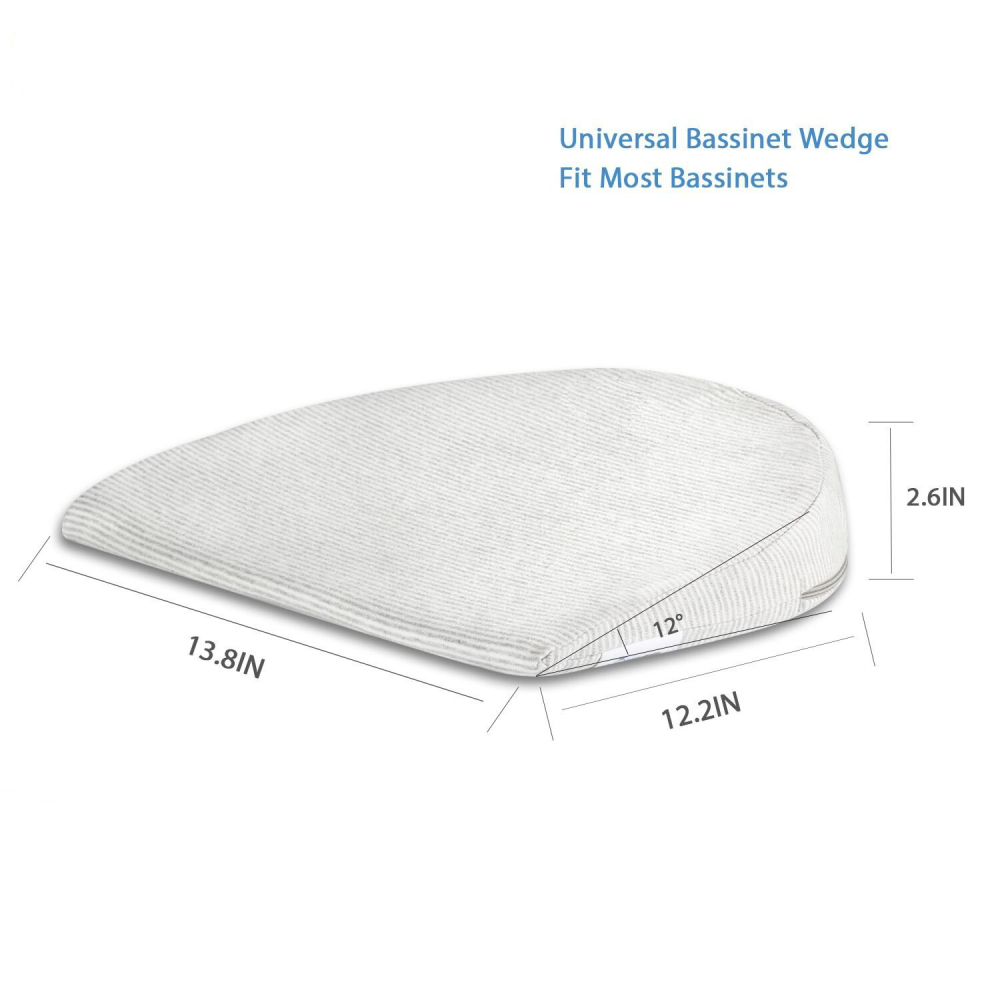For the Love of Children
Parenting is, in my opinion, one of the most challenging jobs on the planet. The responsibility of raising a good child is immense, and the work required means countless sleepless nights. In no circumstance do we want our children to get hurt. We purchase plushy toys, use child-friendly shampoos, and buy custom beds, amongst other things, to ensure that our children are safe. However, more often than not, we tend to forget what pillows children need. Or if it is even desirable to give children pillows? This blog will explain when children need pillows and the type of pillows you can use to enhance their safety and sleeping experience.
Children are unpredictable. There are so many ways they can hurt themselves. Falling down the stairs, poking themselves with house items, or getting their fingers stuck indoors are incidents that quite literally happened to my little nephews and nieces last week. Some falls are inevitable. As parents, there is so much work that supervising children at all times is undoubtedly impossible. Besides, some falls are good for children’s growth and toughness.

In the bed, however, we draw the line. We have heard too many horrifying stories of children suffocating on pillows in bed, and I would never want any parent or their child to go through that dreadful ordeal. At Mobius, we care about your child’s sleep health. After thorough research, we have compiled answers to frequently asked questions about children’s sleep health.
FAQs
Should I use pillows for newborn babies (0-12 months)?
It is not uncommon for newborn babies to have relatively flatter heads. Due to this, their head does not fit any regular or toddler-sized pillow. Here we recommend using a special baby pillow that helps improve a child’s head shape while they lay. These pillows come are made from memory foam that perfectly support the neck and head of your child. They are made in a heart shape that wraps around your child, reducing the chances of turning and suffocation.

Do toddlers (1-2 years old) need pillows?
No, toddlers do not need pillows. In fact, pillows can be dangerous for them. One of the most significant contributors to the Sudden Infant Death Syndrome (SIDS) is suffocation caused by pillows and other soft bedroom items. The American SIDS Institute defines SIDS as the sudden death of a healthy child that cannot be attributed to medical shortcomings or, after an autopsy, to physical harm. According to reports by WebMd, SIDS is the leading cause of infant mortality in the USA, with nearly 5000 – 6000 deaths each year. The report states that SIDS is reduced by 80% if soft bedroom items such as blankets, pillows, foams, and stuffed toys are removed from where the child is sleeping.
Is it safe for 2-year-olds to have pillows?
Well, there is no definitive answer here. Yes, it is generally safe for 2-year-olds to have pillows; however, the pillow may not add value to their sleeping experience. A greater majority of children are used to sleeping without pillows. Introducing this foreign item to them at such an early age may hinder their sleeping routine. Of course, some children at the age of 2 may need pillows since it provides more comfort to their resting heads. It is best to test out pillows for your child and see what suits them most.

When do pillows become a need for children?
The Child Safety Expert web page states that toddlers pillows should be introduced to toddlers when “their shoulders are wider than their heads.” This usually happens when children are 2.5 to 3 years old. However, it is not uncommon for younger children to also have wider shoulders. You may also notice your child resting on your pillow after playing with his toys or during storytime sessions. This is an indication that the pillow provides comfort to your child. He is now ready for his very own pillow.
Are regular pillows fine?
No, we do not recommend regular pillows for children. Regular, adult pillows are typically large and soft, which can both lead to suffocation. These pillows are also unconducive to the growing neck and spine structure of children. We recommend using purchasing toddler pillows which are usually half the size of regular pillows. They are also firm, thereby reducing the chances of suffocation. Their size and firmness also provide vital support to the neck and spine structure of children.
What are the different types of child-friendly pillows?
You may find different pillows on the children’s sleep market boasting various features. Most of these features do not contribute significantly to the health of your child. However, there are some types of pillows that you should absolutely be aware of. One such type is hypoallergenic pillows. These pillows have natural qualities that fight off children’s allergies. You may also buy untreated pillows. These pillows do not go through many chemicals and are therefore better for children with no allergies.
Should I use a pillow for my child (less than 2 years old) who suffers from keratosis?
As discussed, we usually do not recommend using pillows for children under 2 years. However, in special cases, such as your child suffering from keratosis and/or acid reflux, we absolutely recommend using special pillows.
One such special pillow is our:
Baby Wedge Pillow
The baby wedge pillow is ergonomically designed to increase the comfort of your baby’s sleep. It has a 12-degree angle that allows babies to sleep soundly, helping with congestion and reducing spit-ups. It is also covered by 100% high-quality cotton that is hypoallergenic. The cover is easily removable, and it is wash-friendly. Its safe non-skid bottom holds the wedge securely in place. The baby wedge pillow is also uber portable and is more than likely to fit in any crib.
Are there any other important pillow safety measures that I should take?
More often than not, parents allow children to find their own way with the pillow. Naturally, children will copy their parent’s sleeping posture. However, parents themselves might be sleeping in unhealthy ways. While the parent’s sleeping posture may not be harmful to adults, it may cause children’s growing bodies problems. Here, we recommend that you consciously teach your child how to use their pillow. According to mental health counselors, a pillow should be placed to support the head and neck. Placing it under children’s shoulders can potentially lead to spine curvature and lungs compression.
Final Takeaway
Children’s sleep health holds great value to every parent. However, there is no one size fits all solution to ensuring children’s healthy sleeping lifestyle. The process requires a great extent of trial and error, and parents must always be vigilant of how their children respond to sleep products such as pillows. It will be a bumpy ride, and there will be confusion, but I assure you, your child’s smile after a good night’s sleep will make up for all of it.





